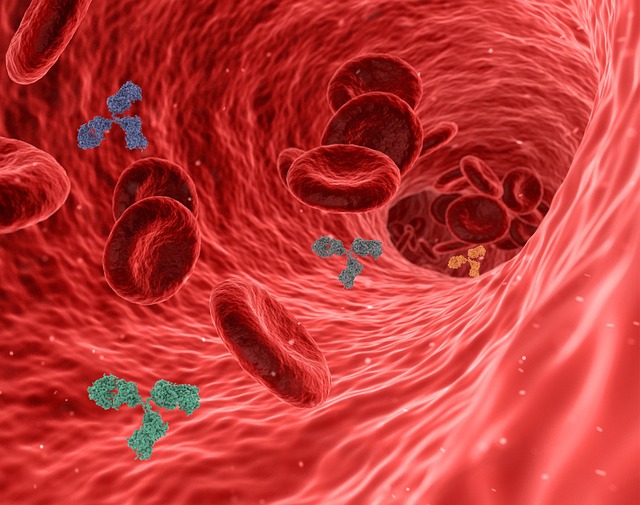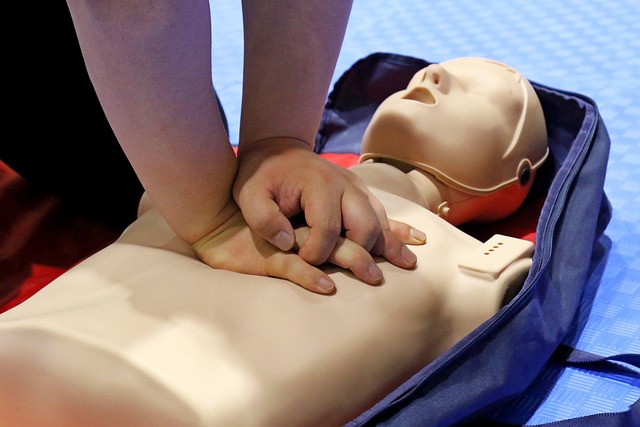Cardiac Arrest: 9 Things To Note
A cardiac arrest is when the heart stops beating. While the likelihood of cardiac arrest is increased by specific health issues and circumstances, it can occur to anyone at any time. Therefore, it can help to brush up on your knowledge so that you know what needs to be done - when you witness someone exhibiting symptoms of a cardiac arrest. Here is everything that you need to know.
1. Cardiac Arrest Can Be Deadly
The first thing you should know about the cardiac arrest is that it's very deadly. The chances of survival are very slim if a person goes into cardiac arrest. Therefore, everyone needs to know how to respond in case they witness someone experiencing a cardiac arrest. It also means that you could lose them if you don't do anything.
2. Cardiac Arrest Can Leave A Lasting Impact
The second thing you should know about the cardiac arrest is that survivors often face lasting health problems. For example, if you're lucky enough to survive a cardiac arrest, you may have permanent brain damage due to the lack of blood flow to the brain during the cardiac arrest. This can affect how well you think, remember, or speak. It is said that between 30 and 50% of cardiac arrest survivors suffer from cognitive deficits. If you've had a cardiac arrest, you'll likely need ongoing medical care for the rest of your life.
3. The Difference Between Cardiac Arrest and Heart Attack
While cardiac arrest and heart attack are caused by an interruption in blood supply to the heart, they are different conditions. The main difference between cardiac arrest and heart attack is that cardiac arrest occurs when the heart suddenly stops beating. Heart attacks happen when the arteries supplying oxygen-rich blood to the heart become blocked. Therefore, a person experiencing cardiac arrest becomes unresponsive and will need immediate medical attention. A person experiencing a heart attack will often experience symptoms such as chest pain and shortness of breath while remaining responsive.
4. Cardiac Arrest Can Happen Without Any Noticeable Symptoms
A cardiac arrest can lead to sudden death without warning or noticeable symptoms. This is because it can lead to ventricular fibrillation (VF). VF happens when the electrical impulses in the heart get scrambled and no longer send signals to the muscle cells to contract. Instead, these muscles twitch randomly. As a result, the heart doesn't pump blood around the body properly. When this happens, the victim loses consciousness within seconds. They might not even realise their heart has stopped until they start feeling cold and clammy.
5. Physical Exertion Is Not Always The Cause Of A Cardiac Arrest
While physical exertion can often trigger a cardiac arrest episode, it is essential to note that sometimes, a cardiac arrest can be triggered by something unrelated to exercise. For example, cardiac arrest can occur due to a severe allergic reaction or sneezing. Studies show that cardiac arrests happen more often when people are at their homes.
6. CPR Is The Key To Surviving A Cardiac Arrest
CPR stands for cardiopulmonary resuscitation. It's a lifesaving technique where someone performs chest compressions on a patient who has experienced a cardiac arrest. Before performing CPR, one must check if the person is responsive and breathing is normal. If not, immediately reach out to emergency services and then begin CPR. Chest compressions help to circulate blood through the body and restore normal functioning to the heart.
7. An AED Can Be Very Useful
An automated external defibrillator (AED) is a device that automatically detects cardiac arrest and delivers a shock to restart the heart. You can use an AED in public places like restaurants, shopping malls, gyms, and other locations. Make sure to always keep an AED handy before going into public spaces. If you don't have one, an AED is usually available at most public locations, including schools and university campuses, airports and other transportation centres, large office buildings, shopping malls, and gymnasiums. So do check if the need arises.
You need to turn the AED on. Most modern devices have an audio system to help you through all the necessary procedures.
If the AED instructs you to place its pads on the patient's chest, you'll be able to see the results of the analysis performed by the AED. You may receive an electrical shock if the AED determines that the patient needs one. Some AEDs also let you know when to start or stop performing CPR.
8. Following the "Chain Of Survival."
The chain of survival refers to the steps needed to save a life during a cardiac arrest. These include:
- Early recognition of the problem
- Early access to medical care
- Early CPR
- Early defibrillation
- Early advanced life support
To survive cardiac arrests, people need to call emergency services, perform high-quality CPR, use defibrillators, receive advanced CPR from trained medical personnel, go to hospitals, and recover.
There are many different ways to help people who suffer from cardiac arrest. Some of these include using an external device to circulate the patient’s bloodstream, inserting a stent into blocked arteries, and lowering the temperature of the body to prevent damage to the organs. However, doctors are still trying to figure out the most effective methods.
9. Awareness and Diet Is Key To Prevention
Coronary Artery Disease (CAD) often leads to cardiac arrest. Fortunately, CAD is something that can be identified through screening. In addition, there are treatment options available for reversing CAD. One significant risk factor contributing to CAD is high blood pressure or high LDL cholesterol levels.
Following a whole-food, plant-based diet has been proven to help reduce blood pressure and lower levels of LDL cholesterol. Studies have also shown that it helps reverse heart disease in some cases.
Conclusion
Cardiac arrest is a medical emergency that requires immediate action. You must understand what causes it and how to treat it effectively. This article has provided nine tips to help save a person who suffers from cardiac arrest.
Next Steps
Do you or someone you know diagnosed with heart disease? We may be able to help.
- Book an online consultation with Dr. Achyuthan Eswar to learn what lifestyle changes will best suit your needs
- Sign up for our Plant Based Diet Masterclass on NutritionScience.in to better understand the numerous benefits of adopting a whole food plant based diet.
- Access our free course to help kickstart your plant based food journey.
- Subscribe to our 100% whole food plant based balanced meal plan, delicious & doctor designed to help you get all your macro and micro nutrients, from the comfort of your home - Bengaluru only
- Stock up on delicious sweets and snacks that are sugar/jaggery-free, oil-free, maida-free and plant-based - Available Pan-India





